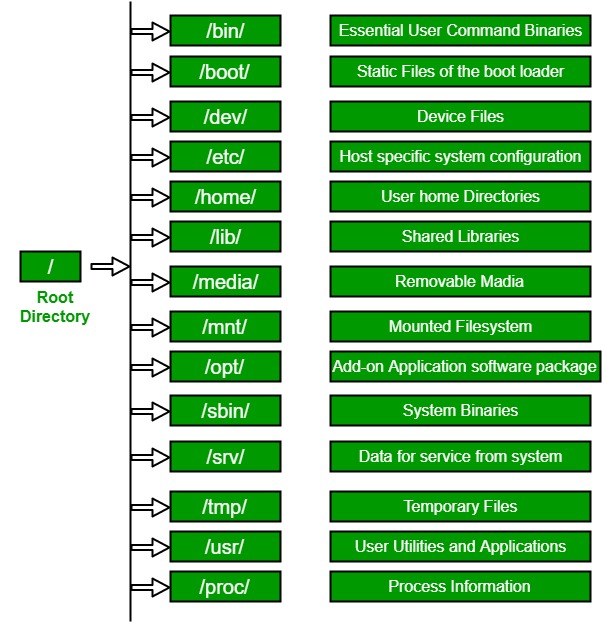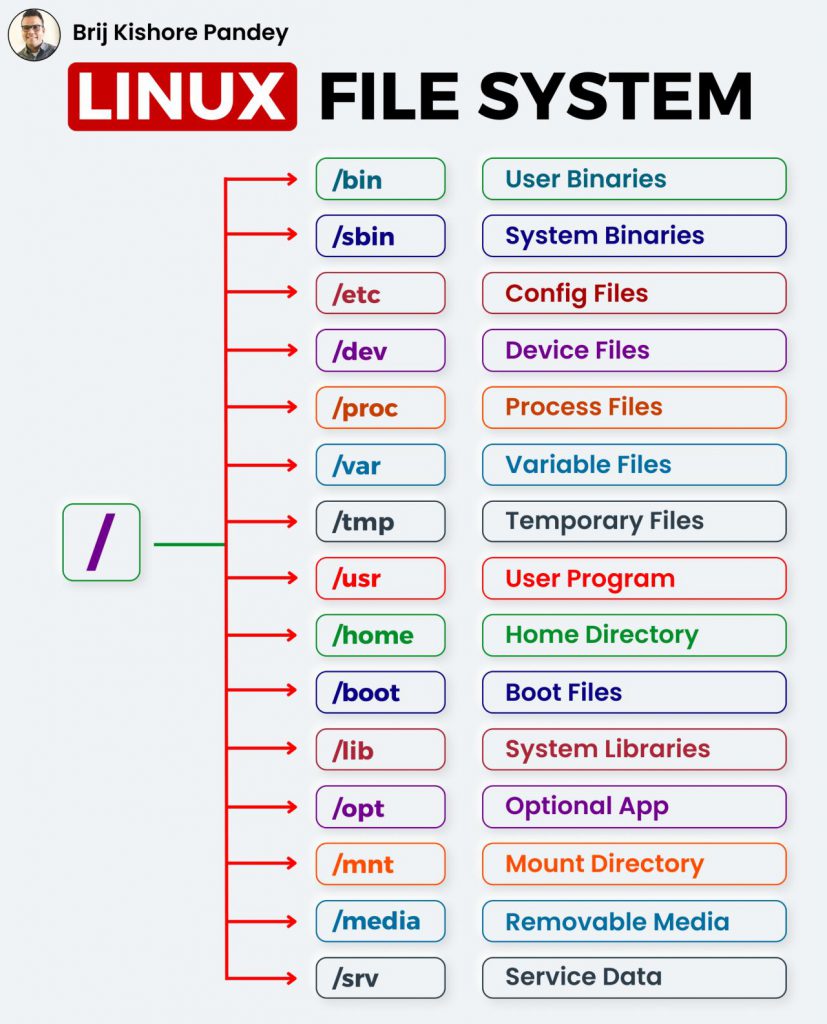Real Info About How To Repair Linux File System
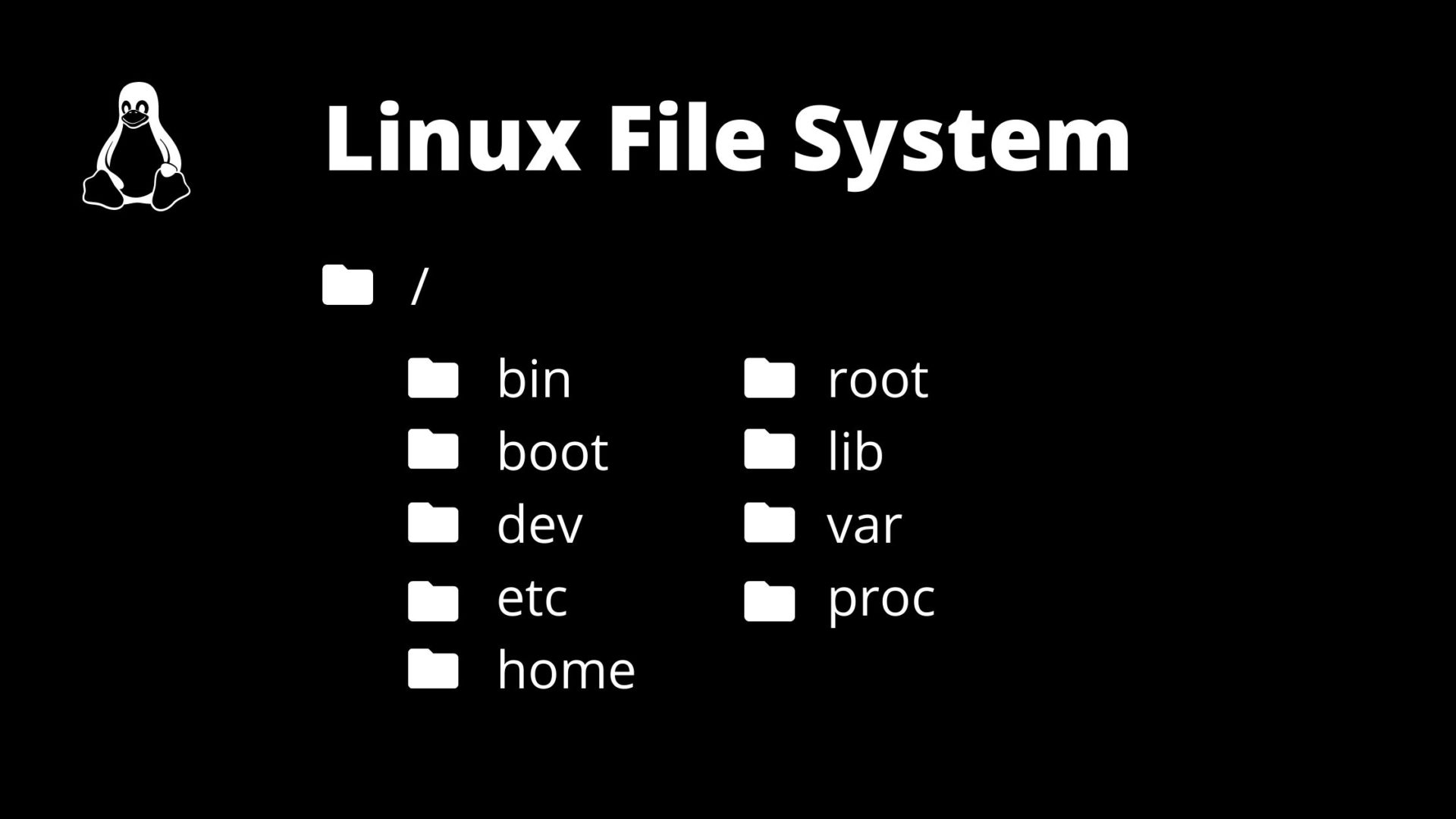
Fsck, file system consistency check, is a system utility in unix, linux and other unix like systems for checking and repairing file system inconsistencies.
How to repair linux file system. Learn how to repair, optimize,. Run fsck on all filesystems at. Try typing the following command in the linux terminal:
$ sudo mount /dev/sdb3 using fsck to. Sql repair repair corrupt.mdf &.ndf files and recover all database components in original form ; Take system down to runlevel one (make sure you run all command as root user):
Sdc1 is usually your pen drive. A file system must be fully readable and writable if repair is to operate successfully. Repair the linux root file system.
How to use fsck to repair linux file system errors. Use case #4: By using fsck to check and repair file system inconsistencies, you can identify and rectify issues that may cause data corruption or system instability on both.
The linux file systems get scanned for any performance shortcoming and instantaneously get repaired through the help of toolkits like fsck (file system check). If mounted, unmount with the command: The fsck checks linux file systems and performs repairs.
Unmount the partition and attempt filesystem repair. In this guide, we explore the essential aspects of filesystem management in ubuntu. Run the fsck command to fix file system errors on the partition.
Repair ubuntu filesystem using fsck command first, unmount the filesystem partition you suspect is damaged. Access repair repair corrupt.accdb and.mdb files &. # init 1 next, unmount file system, for.
You cannot repair it while it is running. In most cases, it is usually unmounted but. Repair the additional linux file systems;
If you don’t know the device name, use fdisk, df, or any other tool to find it. Avoid repair but print fsck errors in the output. Force fsck to perform a filesystem check.
File system check tools cannot repair hardware problems. Unmount the device:sudo umount /dev/sdc1 3.
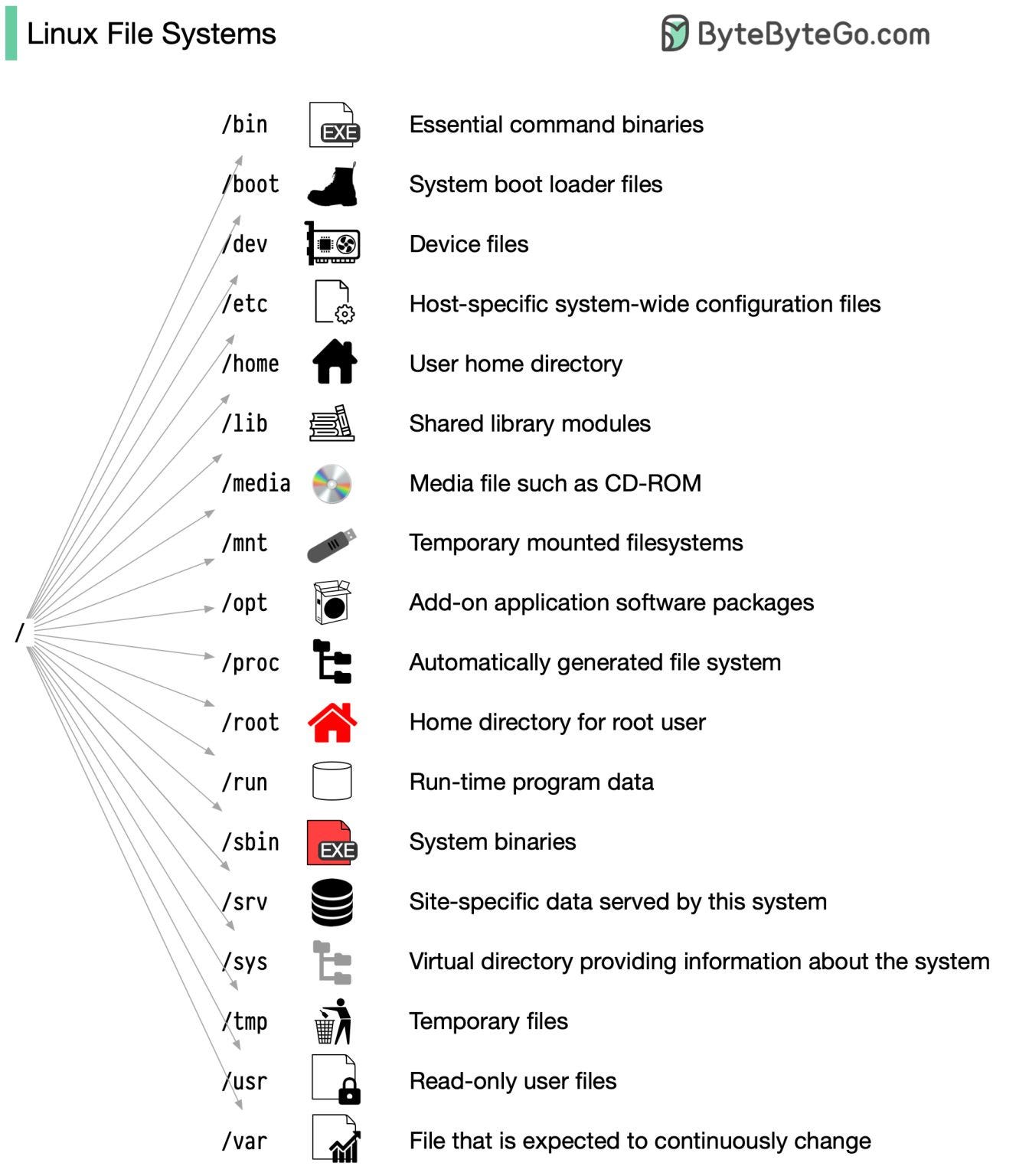


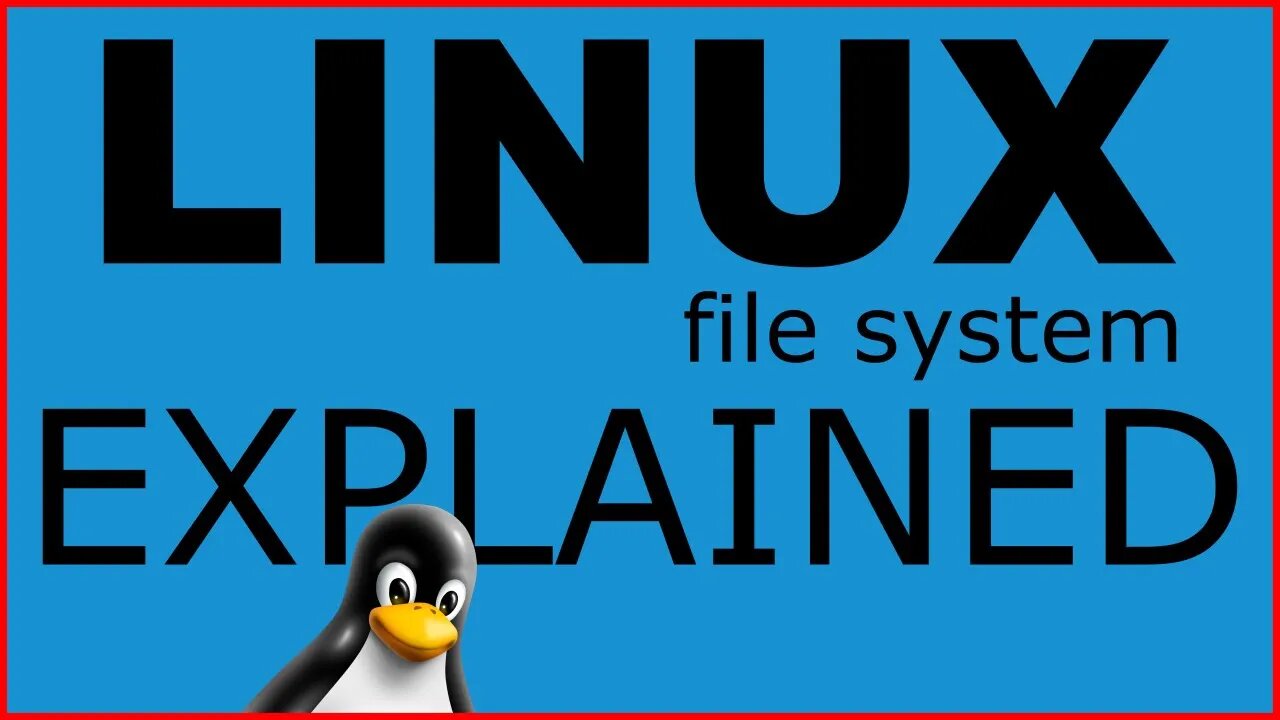
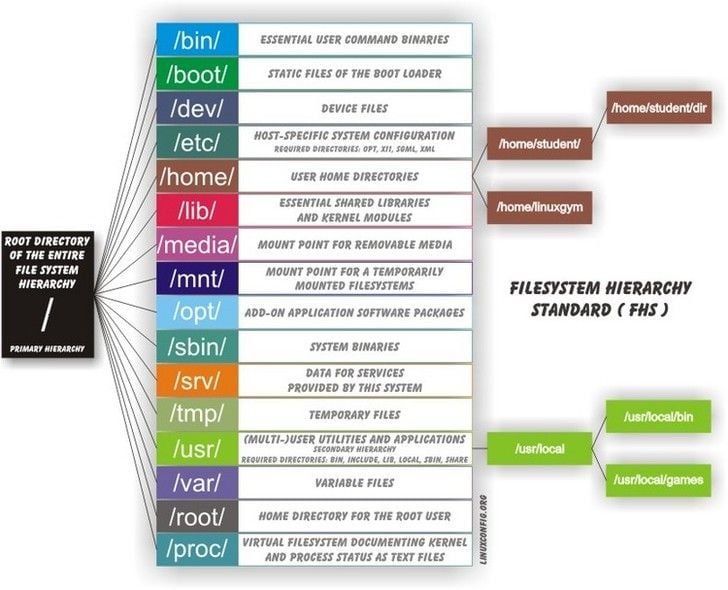

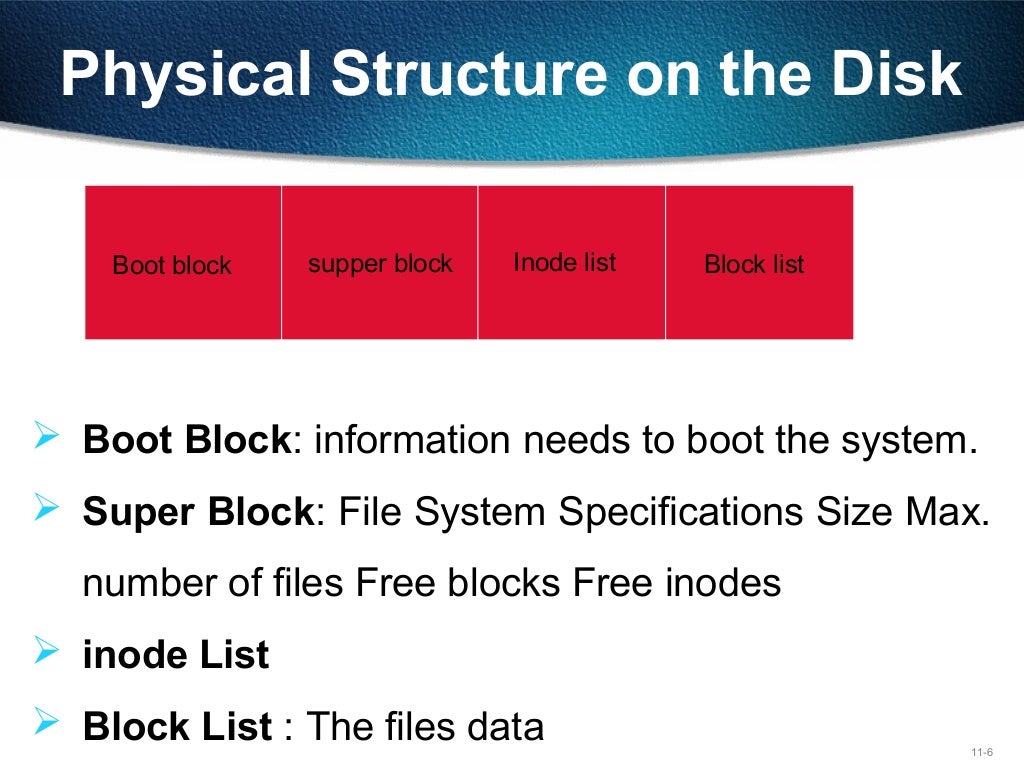
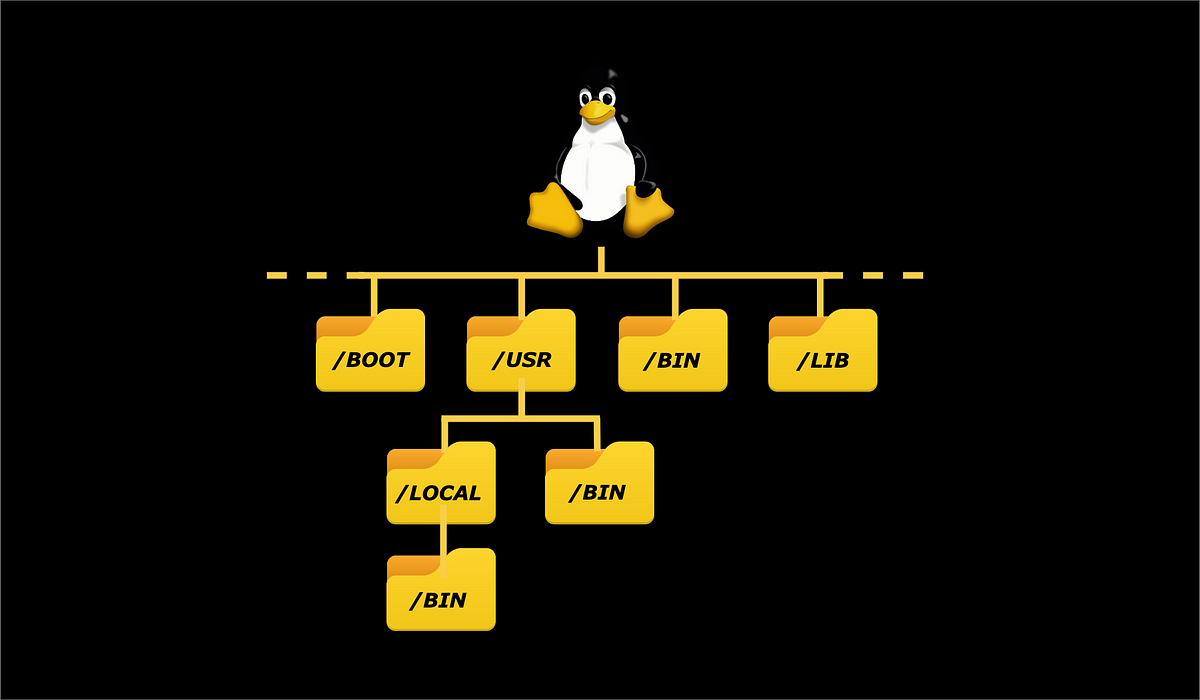

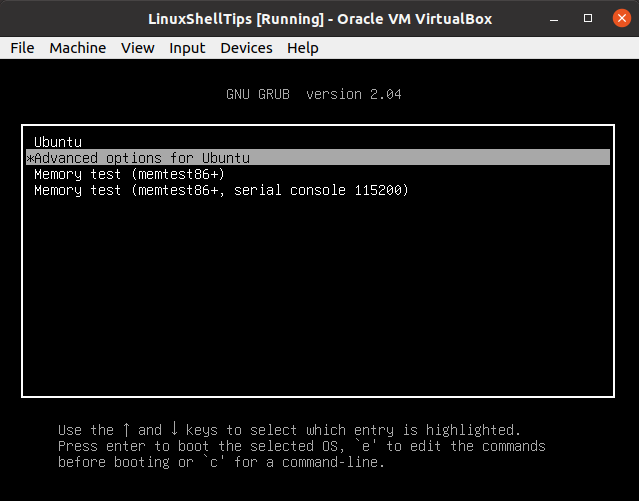
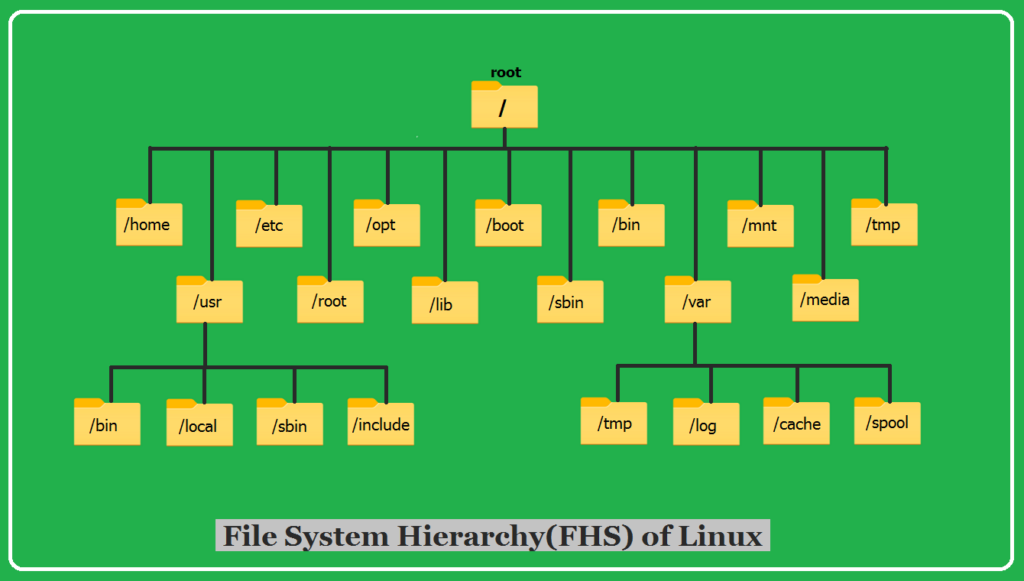
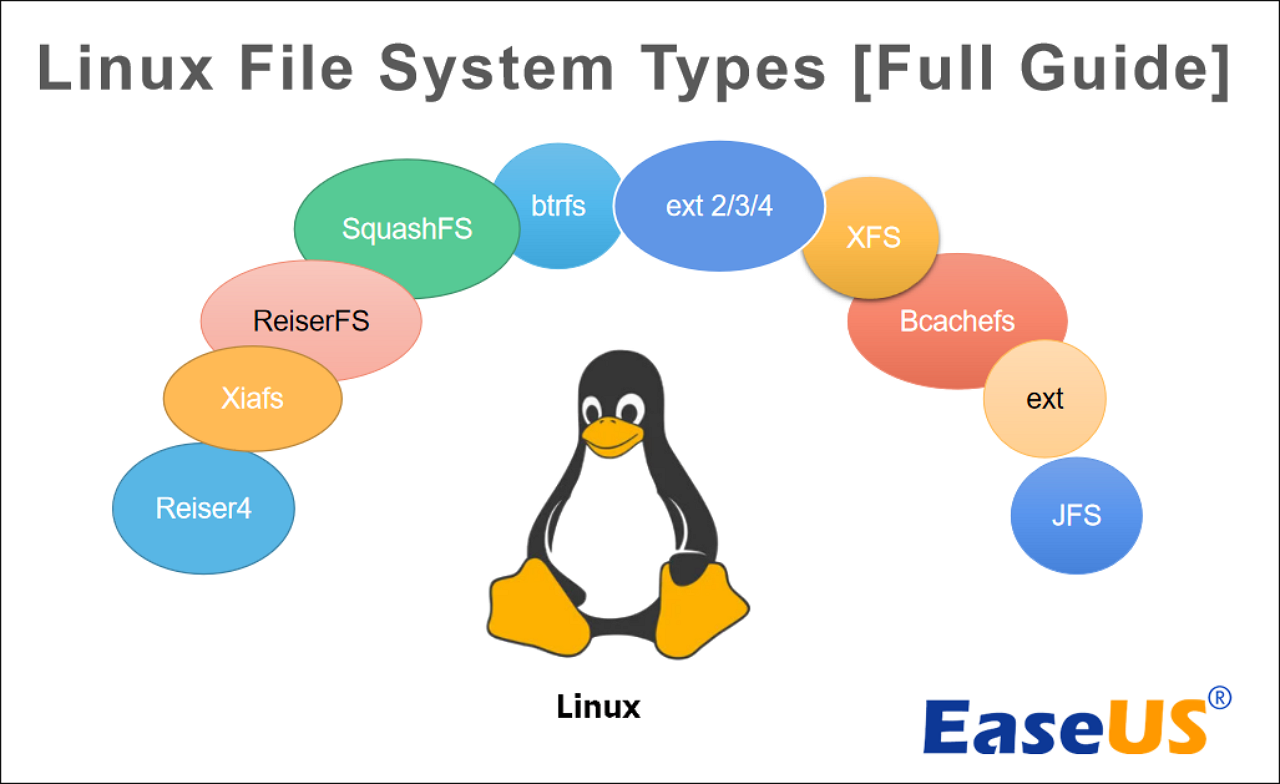
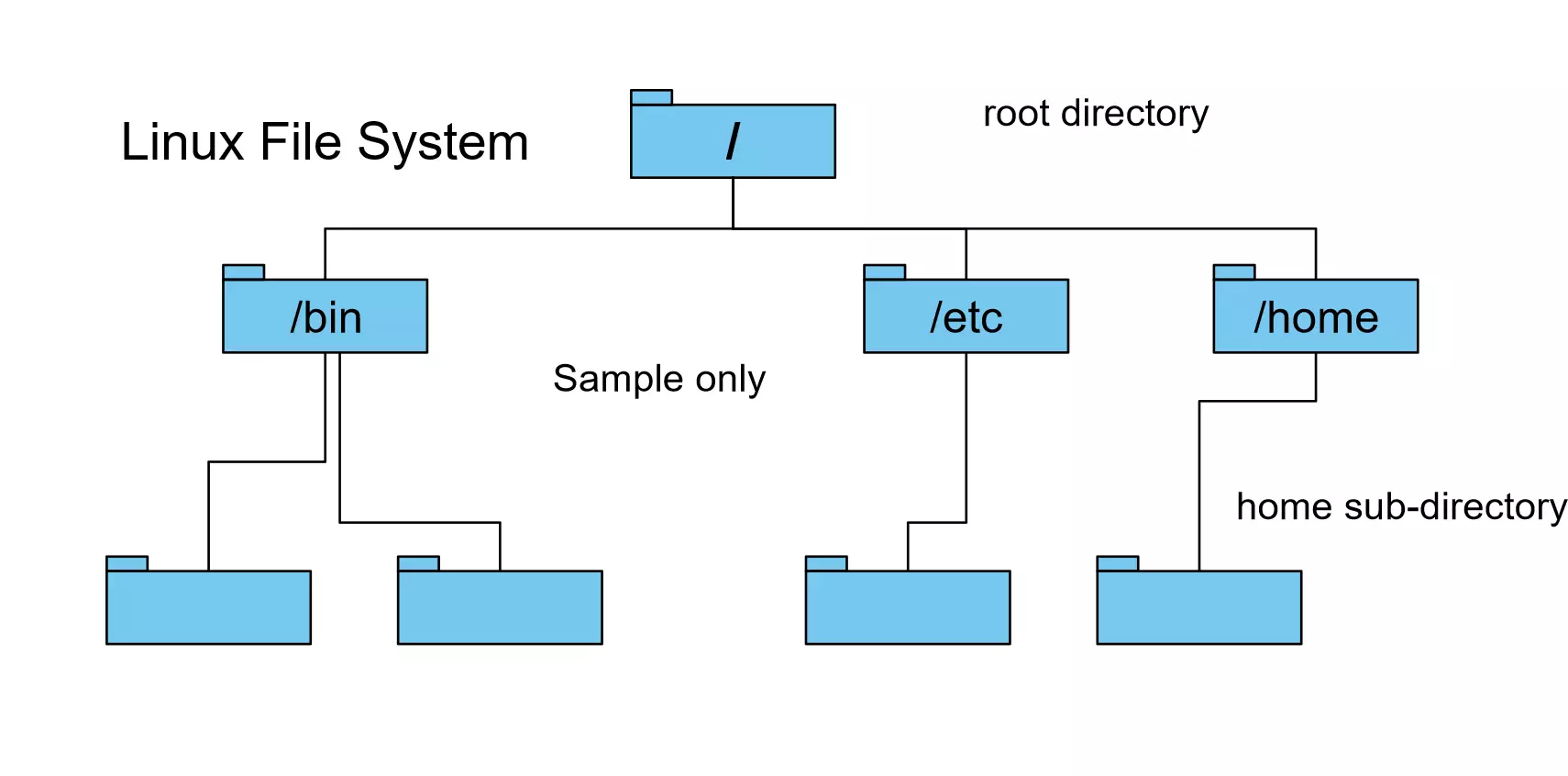
![fsck to Repair Linux File System Errors [4 Commmon Examples]](https://cd.linuxscrew.com/wp-content/uploads/2021/01/fsck-to-Repair-Linux-File-System-Errors.png)


